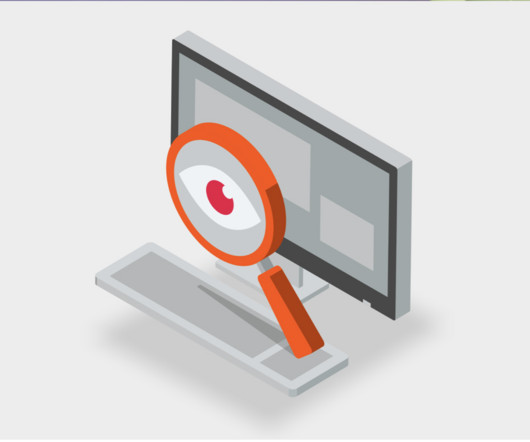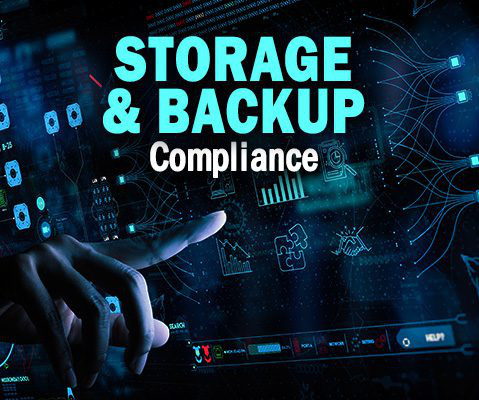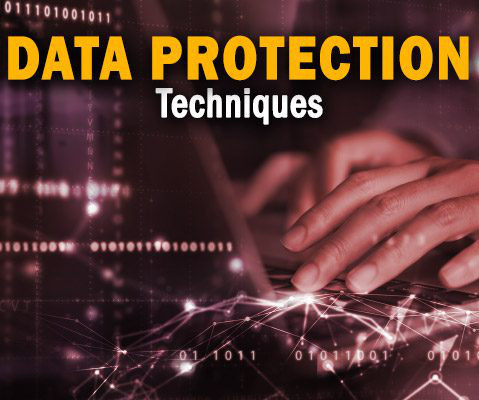How to Implement Threat Modeling in Your DevSecOps Process
Pure Storage
AUGUST 3, 2023
Threat modeling is the process of identifying potential threats and vulnerabilities in a system and determining the likelihood and impact of each threat. This can be a serious threat to authentication systems and other security controls. Assets that are vulnerable to spoofing include usernames, passwords, and digital certificates.





















Let's personalize your content